
Sara Reed
Joseph Siffred Duplessis
Joseph Siffred Duplessis (1725 -1802)
Joseph Siffred Duplessis received his earliest instruction from his father. When his father decided that Duplessis had gone as far as he could take him, Duplessis moved to Rome in 1744. There Pierre Subleyras took the 19 year old under his wing and provided tutoring in portraiture to the young man. Duplessis built a large following, becoming very popular and wealthy. Duplessis was commanded to become the French King’s painter. Knowing better than to refuse, Duplessis moved to Paris. He was elected to the Academie Royale in 1764. Because of his popularity, Duplessis could pick and choose which commissions to take. He was strictly a portraitist, having no interest in landscapes or history painting.
The members of the Royal Court wanted him to paint their portraits too. Duplessis became a real rainmaker during his career at court. Most commonly, he painted the half length of the sitter but ultimately went to the 3/4 length. This gave sitters the opportunity to wear their fanciest clothes which were just as important as the subject. During this era, Benjamin Franklin was appointed American ambassador to France. His mission was to convince the French to aid their brothers in freedom with gold and silver. As a consequence, the King’s portraitist, Duplessis, was assigned to paint Franklin several times over the course of his stay. Once he used pastel for a portrait and that is his only work in that medium. Franklin appealed to both the American and French people, so much so that in 1934, the Federal Reserve engraved Franklin’s portrait, by Duplessis, on the $100 bill.
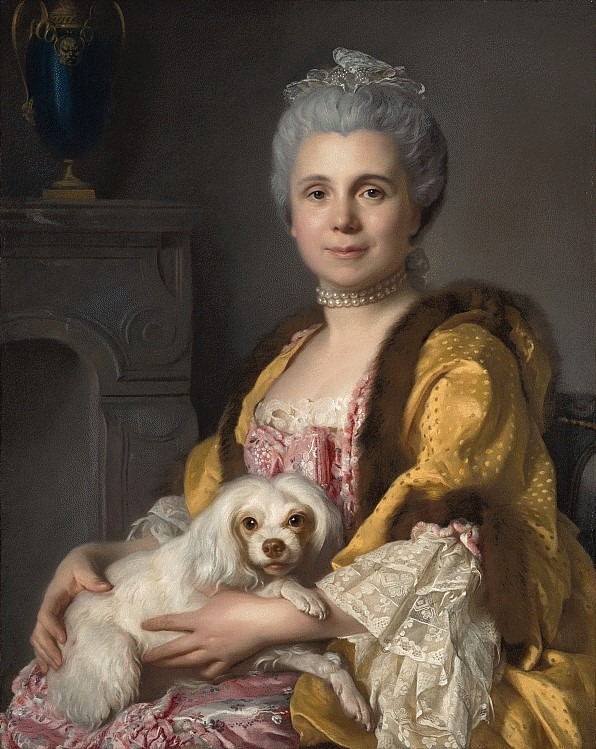
Corrado Gianquinto
Corrado Gianquinto (1703 - 1766)
If we could put a picture of a person next to the word ‘peripatetic’ in the dictionary, we could place Corrado Gianquinto’s self portrait there. He apprenticed with a local painter, Saverio Porta, in order to escape the religious career that his parents had imagined for him. Between 1719 and 1723, Gianquinto studied at Solimena’s busy workshop. Solimena came from Naples and urged his pupil to travel there to establish an audience for his work. Gianquinto chose instead to visit Rome in 1723 and joined Conca’s studio to paint church commissions. Beginning in 1725, the peripatetic artist traveled between Rome, Turin, and Naples, collecting more church projects. In 1730, King John V of Portugal contracted with Gianquinto to paint Christ Crucified with the Madonna, Saint John the Evangelist, and Magdalene for the basilica of the Palace of Malfra. 1731 brought a major commission to paint frescoes in the Church of San Nicola dei Lorenesi.
Filippo Juvarro, the chief architect and artistic director at Turin, invited Gianquinto to paint an altarpiece and a fresco on the ceiling of a convent in 1733. Gianquinto returned to Rome upon the death of his wife in childbirth in 1735. He advanced his style closer to Rococo, using a brilliant palette, a well composed design, and wispy brushwork. In Turin again, he painted a cycle of frescoes of the life of Saint Joseph for a basilica. Gianquinto moved back to Rome then to paint a fresco for a relative of Pope Alexander VIII. Painting along his way, Gianquinto joined the Academy of Saint Luke in 1740. His biggest move came in 1753 when he was summoned to Madrid by King Ferdinand VI as court painter. Eventually he was appointed Director of the Academy of San Fernando. His work there influenced Goya and Velazquez. These decorative cycles of frescoes glorifying the Spanish monarchy are the direct precedent of Tiepolo’s work. Most of Gianquinto’s work is in situ rather than hanging on walls. Gianquinto’s brushwork grew more and more complicated as time progressed. As well composed as a symphony, Corrado Gianquinto was a musician with a brush.
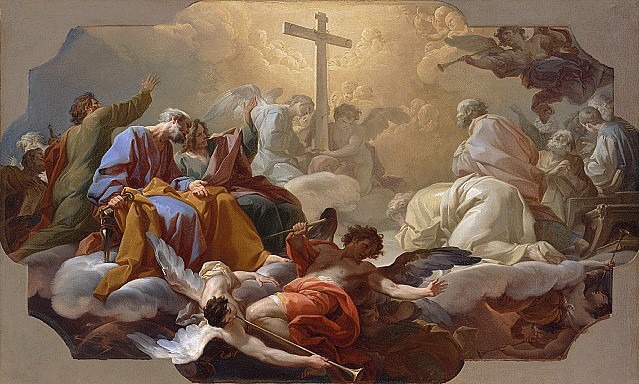

This is Tanzio de Varallo’s The Penitent Saint Jerome. He painted it in oil on canvas circa 1627-1630. The Nelson is currently displaying it.
Tanzio de Varallo’s oeuvre of religious themed art borrows heavily from Caravaggio and his peer Artemisia Gentileschi. Saint Jerome was a Father of the Christian Church who was particularly devout, striking his breast with a large stone while reading the Bible. The skull symbolizes the fleeting nature of life itself. His features, particularly his fingers, reflect both Milanese Mannerism and Lombard Baroque styles. Tanzio painted in an emotional and evocative manner, inspiring religious devotion to the viewers. Almost terrifyingly, Tanzio slashed dark and light paint onto canvases or walls, illuminating the twisted and elegant figures.
Orphaned in 1586, Tanzio traveled to Varallo to live and train with his brothers, Melchiorre, a painter, and Giovanni, a sculptor. In 1600, Holy Year, Melchiorre and Tanzio obtained a special passport which allowed them to become itinerant painters in parts of Italy, Naples Venice, and Vienna. Tanzio created a number of frescoes which were large format, especially those painted for large churches and chapel areas. Tanzio was too peripatetic to develop a large following or a workshop.
Jacob Cornelisz Cobaert (1535 - 1615)
Saint Mark is an early 17th century sculpture created by Jacob Cornelisz Cobaert. It is on display at the Nelson. He is accompanied by a book, inspired by his gospel, and a lion, his personal symbol.
The son of a busy goldsmith, Jacob Cornelisz Cobaert also trained in that field. Sometime, however, between 1552-1555, Cobaert moved from Flanders to Rome. There he took up a position in Guglielmo Della Porta’s bustling workshop as a sculptor, engraver, and goldsmith. The Farnese family sponsored most of Della Porta’s work commissions. Della Porta employed several artists in the workshop but worked mainly with Cobaert. Cobaert lived in Della Porta’s home, a benefit of being the ‘best of the best’ in the studio. He was a slow worker who had an A type personality which caused him to clash with the other artists. He might have been slow but his attention to detail paid off in masterpieces. Eventually, Della Porta worked mostly with designing the sculptures while allowing the other artists to create the pieces. Cobaert was high on the list for creating these projects.
Della Porta died in 1577 but Cobaert remained in his home for several more years. He continued to bring his friend’s designs to life. By now, Cobaert was sculpting in wood, alabaster, stone, stucco, ivory, wax, silver, terracotta, ceramic, amber, marble, and bronze. In addition, he took up printing and painting. His themes were religious imagery and mythological pieces. One of the designs left to him was a series of 16 small wooden plaques, eight ovals and eight octagonal based on Ovid’s Metamorphosis. Cobaert worked on this project from 1550-1560. These pieces are now scattered around Europe due to Della Porta’s disinherited son illegally breaking up the set and selling them to the highest bidders. The models of these survived. Cobaert slowed down even further with the death of his friend. He created just one piece in 1595, a silver goblet. This piece was late in coming and Cobaert almost lost the commission. As Cobaert aged, he increasingly isolated himself from the outside world. He moved into his own home and became furious when visitors tried to meet with him. He’d left Flanders at age 17 and never looked back to his youth.
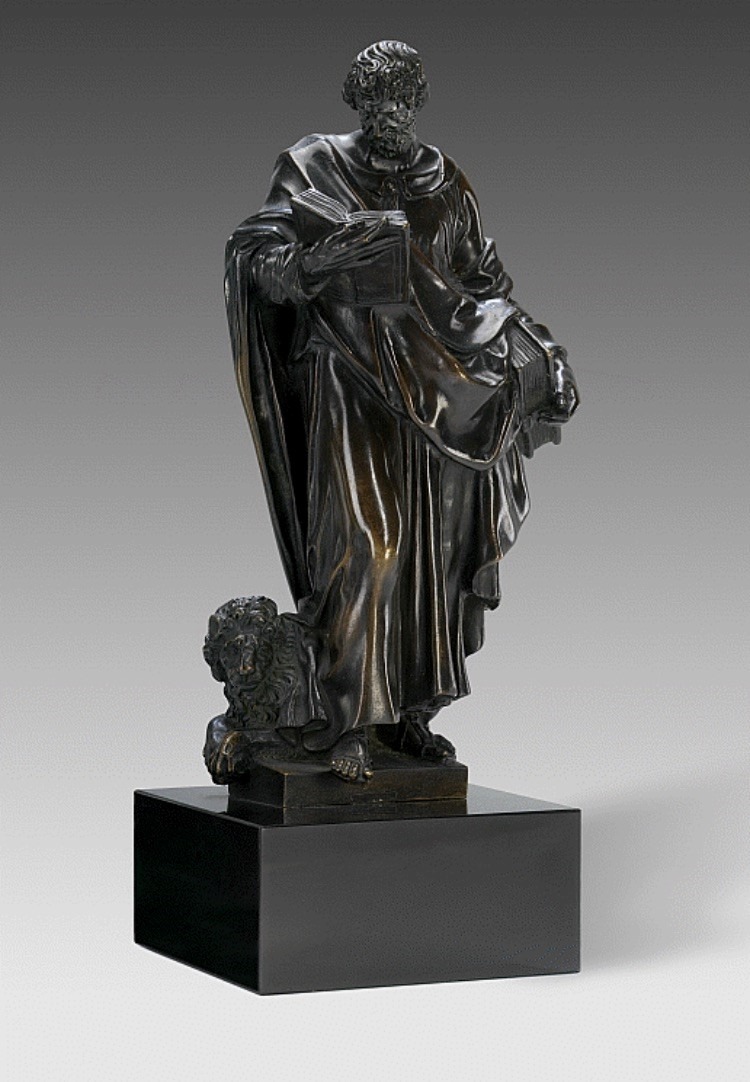
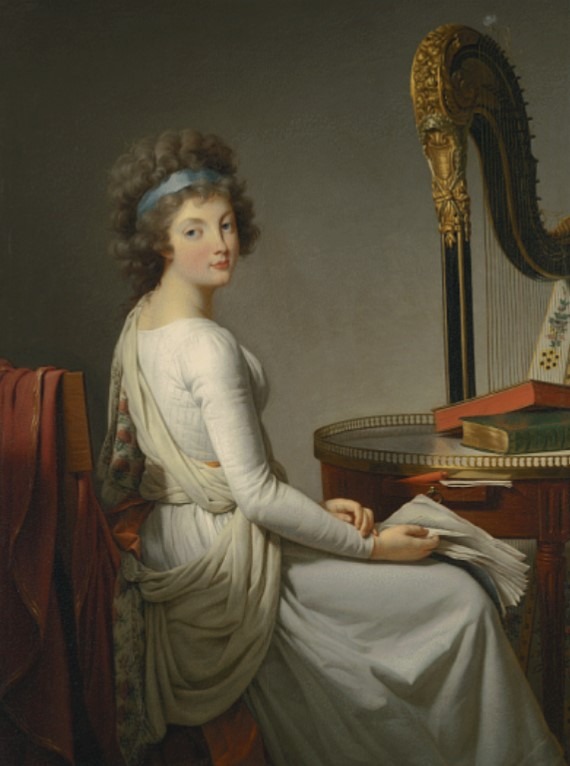
Rose Ducreux (1761-1801)
Born into a wealthy and artistic family in Paris, Rose Ducreux showed early talent in the fine arts and ‘ladylike pursuits' including playing several instruments, singing, dancing, songwriting, drawing, and composition. These pursuits supposedly made a young woman more marriageable.
Her father taught her portrait painting, and it was this mode that she kept to for the rest of her short life. She painted women of her social station as well as Marie Antionette both before and after her marriage to King Louis XVI. Ducreux’s hot temper and daring personality made her very popular in her circle. An ardent Royalist, Ducreux is said to have remarked that she would be able to dispatch any Revolutionary fanatic without any action being taken against her.
Ducreux painted a self-portrait sitting at the piano-forte. Sadly enough, this painting's whereabouts are unknown, either misattributed to Vigee LeBrun, Jacques-Louis David, or AntoineVestier. She neither signed nor dated her work. In 1786, Ducreux began exhibiting her creations at Pahin de la Blancharie's biweekly Salons de la Correspondance held in his home.
Ducreux started to exhibit at the Louvre Salons in 1791 with additional showings in 1793, 1795, 1798, and 1799. In 1796, Ducreux exhibited at the prestigious Paris Salon. In addition to her dreamy compositions, Ducreux provided a unique window into Parisian fashion in the 18th century.
Her sitters wore fichus (filmy scarves worn tucked into bodices) corsets, petticoats which were displayed by parting the front folds of the dresses, elaborate headdresses, and customized shoes for inside and outdoors. She painted in the Rococo fashion with pastel colors, asymmetrical positioning of the sitter, and the inclusion of interior decorative items.
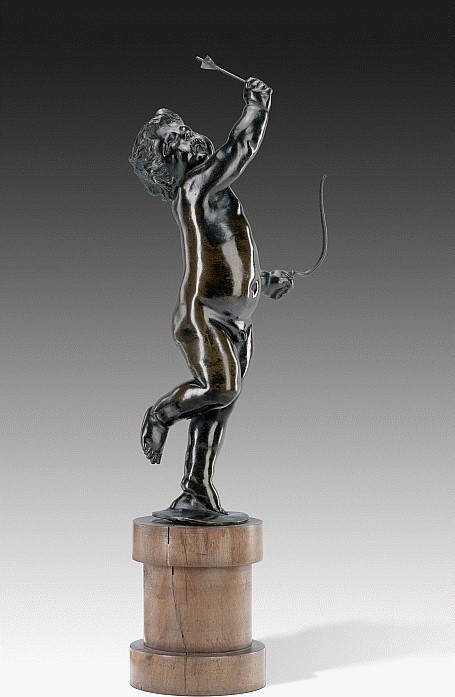
Francois Duquesnoy
This is Putto, sculpted by Duquesnoy in the 1630s in bronze. It is currently on display at the Nelson.
Francois Duquesnoy grew up in Flanders in a family of artists and sculptors. He was relatively unknown outside of Flanders until he caught the attention of Archduke Albert. In 1618, Duquesnoy received scholarships from the Archduke which enabled Duquesnoy to take to a trip abroad to Italy. In Rome, he lived in a relatively modest life but was plagued by gout, depression, and alcoholism. In order to see how its casting had been handled, Duquesnoy climbed the equestrian statue of Marcus Aurelius. During this ten year period, Duquesnoy was still looking for a patron. He lived on the earnings he made from restoring classical art from the early 1500s. He also created and sold small sculptures in ivory, bronze, terracotta, wax, wood, and stone. A painfully shy man, Duquesnoy made a fast friend in those years. He and Nicolas Poussin traveled together, shared lodgings, and spent hours discussing art theories and practicing what they learned. From 1627 to 1628, he became a pupil of the great Gian Lorenzo Bernini, the classical sculptor of his age. 1629 brought Duquesnoy his first major commissions. He had been recommended by Bernini to two churches to create interior marble statues for them. The first church commissioned a sculpture of Saint Susanna, a virgin martyr, and the second church commissioned a statue of Saint Andrew. Duquesnoy found that making decisions about his work to be nearly impossible. Duquesnoy created small reliefs but his friend Poussin helped him through his depression. Putti were a definite inspiration for Duquesnoy, he would study the small children in the city and sculpt the putti after them. His handling of these charming statuettes belied his morose outlook on life. Rubens’ sculptures of putti show a remarkable influence from Duquesnoy. In 1643, Poussin recommended that King Louis XIII make Duquesnoy the senior sculptor in Paris. Poussin wanted Duquesnoy to start an Academy of Sculpture there. Unfortunately, shortly after Duquesnoy accepted the offer, he died of his gout and severe depression.